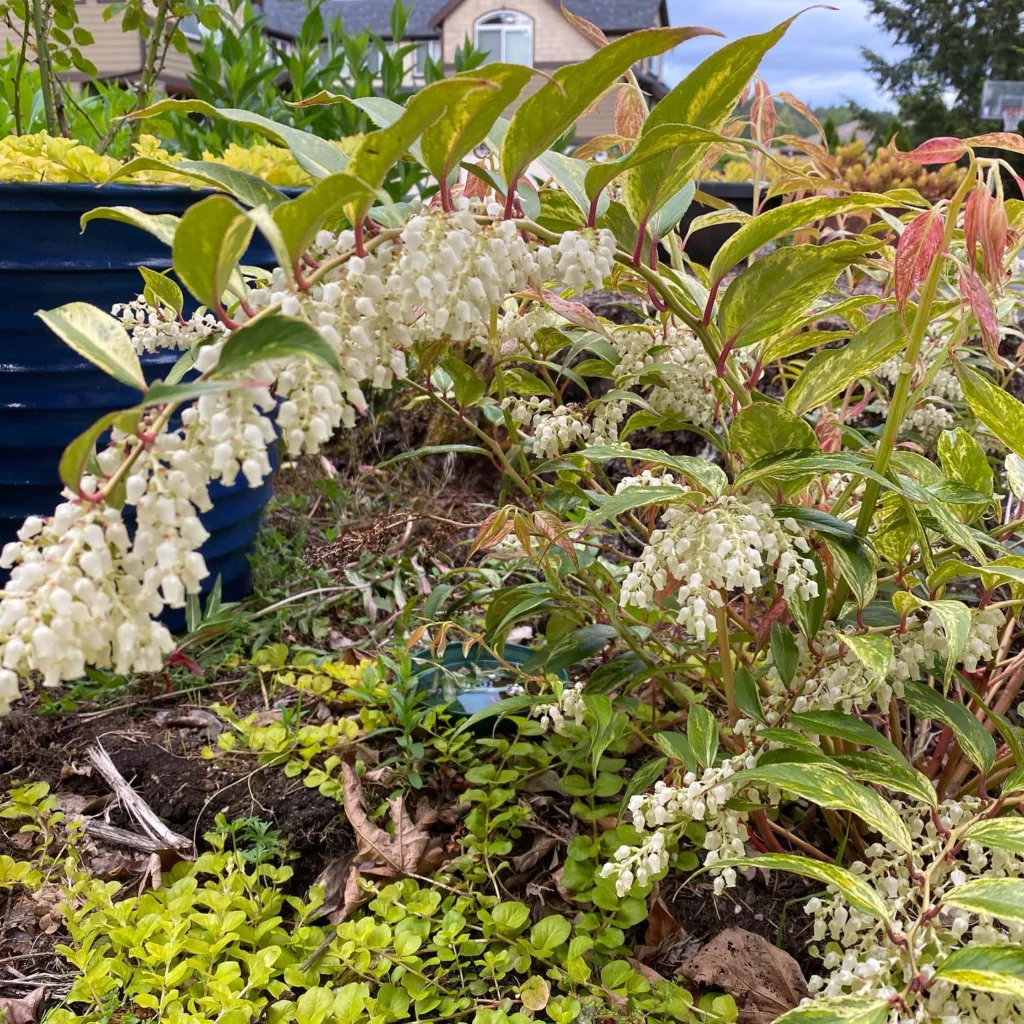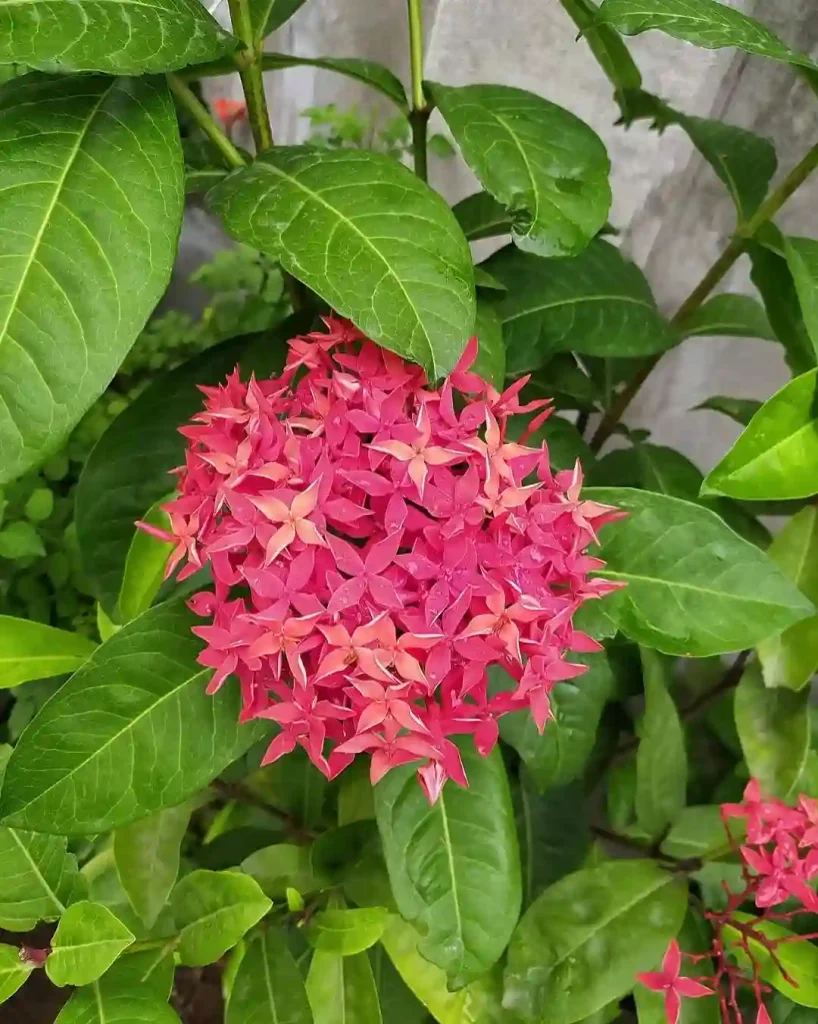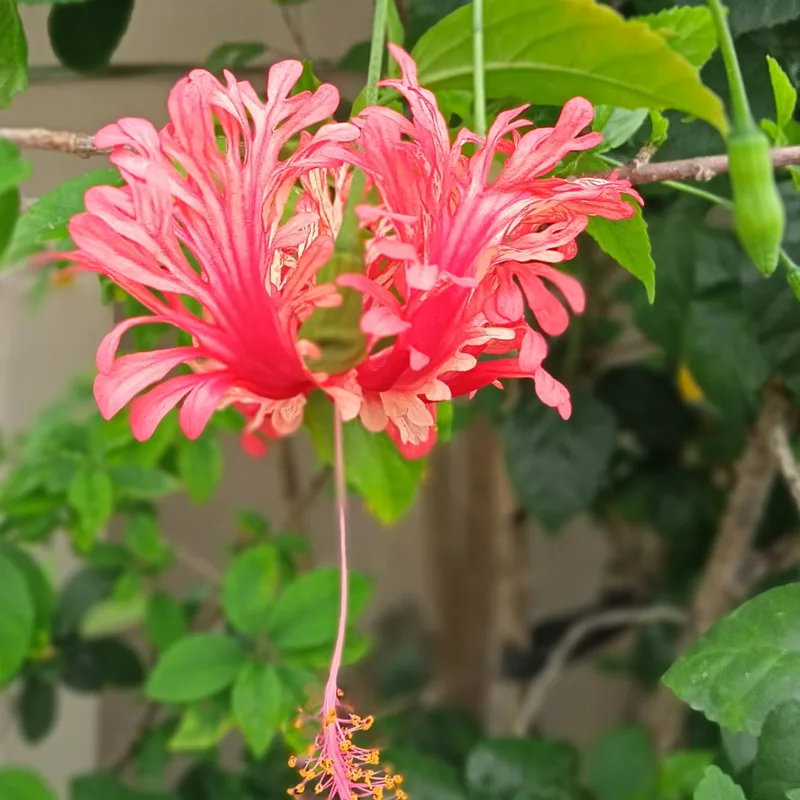
FAQs About Sweet Woodruff
Sweet Woodruff, also known as Galium Odoratum, is a charming perennial that I’ve found to be quite a gem in the garden. From its versatility to its potential issues, I’ve gathered a lot of insights about this plant that I think you’ll find helpful.
672 Species in Genus Galium
What Is Galium Odoratum?
Galium Odoratum, or Sweet Woodruff, is a perennial herbaceous plant native to Europe and parts of Asia. Known for its aromatic leaves, it has a reputation for its sweet, hay-like scent. It’s often used in garden beds and shady spots due to its low-growing, spreading nature. This plant is cherished not only for its fragrance but also for its ability to form a dense ground cover.
Is Sweet Woodruff Invasive?
Yes, Sweet Woodruff can be invasive. It spreads through its rhizomes, which are underground stems that can creep outwards. If not managed properly, it might take over large areas of your garden. To control its spread, you might want to plant it in a contained space or use barriers to keep it from encroaching on other plants.
Does Galium Odoratum Fixate Nitrogen?
Galium Odoratum does not fixate nitrogen. Unlike legumes, which have a symbiotic relationship with nitrogen-fixing bacteria in their root systems, Sweet Woodruff relies on soil that is already rich in nutrients. To keep your Galium Odoratum healthy, ensure that it’s planted in well-drained, moderately fertile soil.
Is Galium Odoratum an Ephemeral?
Galium Odoratum is not considered an ephemeral. Ephemeral plants are those that complete their lifecycle quickly and often go dormant for much of the year. In contrast, Sweet Woodruff is a perennial, meaning it remains alive throughout the growing season and returns year after year. It does, however, have a period of dormancy in winter, where it dies back to the ground but reemerges in the spring.
Is Sweet Woodruff Deer-Resistant?
Sweet Woodruff is generally considered deer-resistant. Deer usually avoid it because of its strong fragrance and taste. However, if food is scarce, deer might nibble on it. In my garden, I’ve rarely seen deer take an interest in Sweet Woodruff.
Where to Buy Sweet Woodruff?
You can buy Sweet Woodruff at most garden centers or nurseries. Online retailers and plant shops also offer it. Look for reputable sellers to ensure you get healthy plants. In my experience, local nurseries often provide a better chance of acquiring well-adapted plants for your specific climate.
How to Grow Sweet Woodruff?
Growing Sweet Woodruff is relatively straightforward. It thrives in shady to partially shady spots with well-drained soil. I usually start by planting it in the spring. Ensure the soil is moist but not waterlogged. Regular watering and occasional fertilizing will help it establish well. In my garden, it has done well with minimal fuss once it’s settled in.
Is Sweet Woodruff a Perennial?
Yes, Sweet Woodruff is a perennial plant. It returns year after year, which is great for maintaining ground cover in shady areas. Its persistent green foliage and delicate white flowers in spring make it a lovely addition to the garden throughout the growing season.
Is Sweet Woodruff Evergreen?
Sweet Woodruff is semi-evergreen in many climates. In cooler areas, it might die back in winter but will re-emerge in the spring. In milder climates, it can keep its leaves throughout the year. In my region, it stays green most of the winter, providing some year-round greenery.
Is Sweet Woodruff Poisonous to Dogs?
As previously mentioned, Sweet Woodruff is not considered poisonous to dogs. However, it’s always a good practice to monitor your pets and ensure they do not excessively munch on garden plants. Any concerns should be addressed with a vet.
Is Sweet Woodruff Galium Odoratum Native to Oregon?
Sweet Woodruff (Galium Odoratum) is not native to Oregon. It is indigenous to Europe and parts of Asia. In the United States, it is often cultivated as an ornamental plant. If you’re looking for native ground covers for Oregon, you might want to consider alternatives like Oregon Grape (Mahonia aquifolium) or Red-twig Dogwood (Cornus sericea).
Can You Walk on Sweet Woodruff?
While Sweet Woodruff can tolerate some foot traffic, it’s best not to walk directly on it. The plant forms a dense mat, which can be disrupted if walked on too frequently. I’ve found that keeping foot traffic to pathways helps maintain the integrity of the plant.
Do Rabbits Eat Sweet Woodruff?
Rabbits generally avoid Sweet Woodruff. Its strong aroma seems to deter them, and they usually prefer other plants. In my garden, I’ve not had issues with rabbits eating it, though it’s always wise to monitor for any unexpected changes.
How Far Apart Should You Plant Sweet Woodruff?
When planting Sweet Woodruff, space the plants about 12 to 18 inches apart. This allows them to spread out comfortably without overcrowding each other. In my experience, giving them enough room helps them establish and thrive without competing too much for resources.
How Fast Does Sweet Woodruff Grow?
Sweet Woodruff grows relatively slowly but steadily. It establishes itself well in the first year, with noticeable spread in subsequent years. In my garden, it has filled in nicely within a couple of seasons, creating a lush ground cover.
Sweet Woodruff vs. Cleavers
Sweet Woodruff and Cleavers (Galium aparine) are closely related but serve different purposes. Sweet Woodruff is primarily used for ground cover and its fragrant foliage, while Cleavers is often used for its medicinal properties. Cleavers tends to be more aggressive in spreading compared to Sweet Woodruff.
Sweet Woodruff vs. Pachysandra
Pachysandra terminalis and Sweet Woodruff both work well as ground covers in shady areas, but they have distinct differences. Pachysandra is more tolerant of dry conditions and can be more invasive. Sweet Woodruff offers a pleasant scent and delicate flowers but requires more moisture.
Sweet Woodruff vs. Smooth Bedstraw
Smooth Bedstraw (Galium mollugo) is another relative of Sweet Woodruff. It has similar growing habits but typically grows taller and less densely. Sweet Woodruff, on the other hand, forms a more compact and aromatic ground cover.
How to Care for Sweet Woodruff?
Caring for Sweet Woodruff involves regular watering, especially in dry periods. While it’s relatively low-maintenance, occasional trimming helps keep it tidy and prevents it from becoming too invasive. Mulching can also help retain soil moisture and keep weeds at bay.
How to Propagate Galium Odoratum?
Propagation of Galium Odoratum is typically done through division. In early spring or late fall, you can dig up established plants and divide them into smaller sections, each with roots and shoots. Replant these divisions in your garden, and they should establish themselves quickly. Alternatively, you can grow Sweet Woodruff from seeds sown directly into the soil in late fall or early spring.
What to Plant With Galium Odoratum?
Galium Odoratum pairs well with other shade-loving plants. Consider combining it with hostas, astilbes, or ferns for a lush, layered effect. It also works well with plants like bleeding hearts and epimediums, which complement its delicate foliage and help create a rich, textured garden bed.
Can You Grow Galium Odoratum Indoors?
Growing Galium Odoratum indoors can be challenging. It prefers cooler, shaded environments and may not thrive in the warmer, drier conditions of a typical indoor setting. However, if you have a cool, well-lit space and can provide the right conditions, it might be possible to grow it as a houseplant.
Benefits of Galium Odoratum
Sweet Woodruff offers several benefits beyond its aesthetic appeal. Its fragrance can be used to freshen up indoor spaces or add a unique scent to sachets and potpourri. Additionally, it is a valuable ground cover that can help prevent soil erosion in shaded areas.
Common Problems
One common problem with Sweet Woodruff is its tendency to become invasive if not controlled. Regular monitoring and management can help prevent it from overtaking other plants. Additionally, it can suffer from mildew in overly damp conditions, so ensuring good air circulation and proper spacing can mitigate this issue.
Sweet Woodruff is a versatile and charming plant that can add a lot of value to your garden. Understanding its needs and characteristics can help you make the most of it while keeping potential issues in check.
If i die, water my plants!



